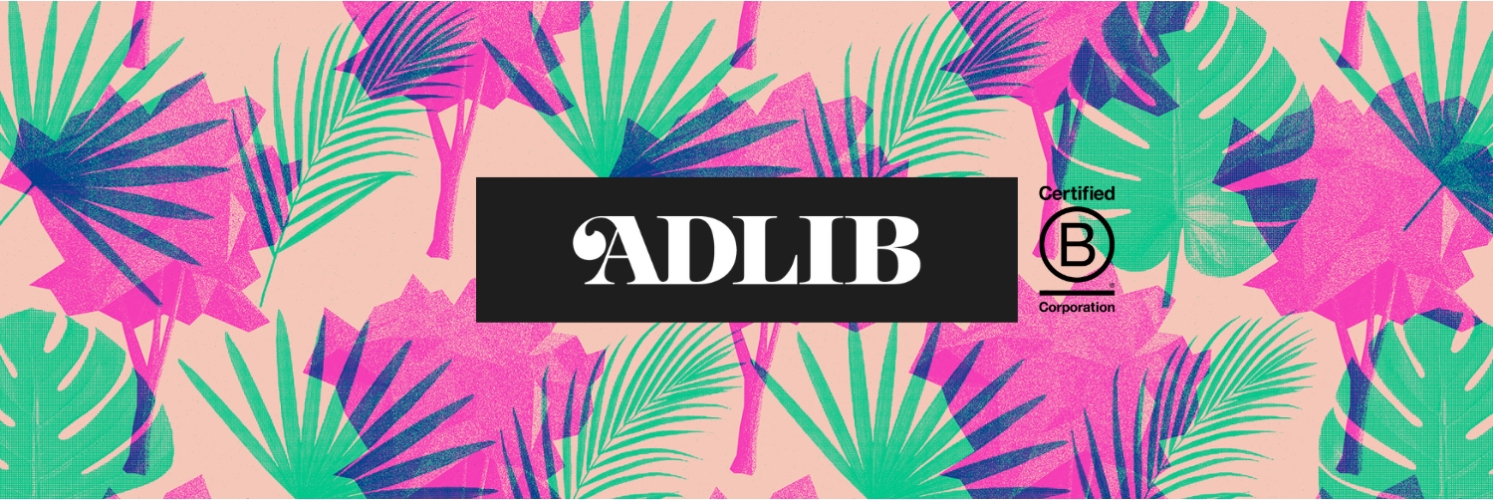We caught up with Ben Simmonds, Freelance UX and Digital Strategy Consultant to chat about stress. Here a few insights that could be just what you needed…
ADLIB: In a nutshell, what has been your career journey so far, leading you to where you are right now?
Ben Simmonds: I’ve been in digital and UX for around 15 years, initially in London, then Sydney, and now Bristol, freelancing.
I love our industry, however we have a problem that we’re not addressing. Too often we expect ‘design-minded’ people to thrive and deliver in pressured, stressful environments.
Stress shuts down our creativity, empathy, cooperation, problem-solving (I could go on). Yet, we don’t have the workplace culture or vocabulary to discuss this. The result is that the office is often the wrong place to do this ‘design-minded’ work. It can be ineffective and unpleasant. And not an easy thing to raise with your manager.
I wanted to be able to address this at the places I work at as a UX consultant, so I did a certification in Stress and Performance. The course content was great, however not particularly accessible. So I’ve picked out and modified the best bits for my workshop, which I ran at UXBristol this year.
ADLIB: How would you define stress?
Ben Simmonds: There are degrees of stress. Too little pressure, and you are ‘underloaded’ or demotivated. Just the right amount of pressure puts us in that nice focused ‘flow’ state, called ‘Eustress’. Too much and we’re panicked. This is referred to as ‘acute stress’. A severe amount, for too long and we’ll head into burn-out. Really, the area I’m focusing on is navigating ‘acute stress’, and how we can get back to ‘Eustress’.
In terms of what causes stress, it is a formula of: Pressure + Unhelpful thoughts + Unhelpful behaviours. There are always these 3 ingredients in a stressful situation.
Pressure takes the form of workload demands, relationships, level of support, physical environment, the job/role. Unhelpful thoughts covers self-belief, catastrophising, and then all sorts of other good things like blaming, focusing only on negatives, all-or-nothing thinking. In unhelpful behaviours we have things like carrying tension, not allowing yourself time to recover, taking on too much, and procrastinating. All 3 areas feed off each other, so you need an awareness of each of these.
ADLIB: What do you see as the major danger spots especially for designers when it comes to stress, and do you have any “in the moment” tips that could help designers dial up and down their own stress?
Ben Simmonds: In my research and conversations so far, almost every designer or UXer will be battling these, most of the time:
- Too much work, with not enough assertiveness to say ‘no’ / ‘not this week’.
- Projects with unclear overlapping roles, without anyone addressing this head on.
- Wobbles with self-belief, feeling unqualified, or magnifying an issue into an epic catastrophe.
- Tendencies to defer the difficult tasks rather than confront them, and not letting your brain and body recharge regularly… and probably a whole bunch more.
There are nice simple practical techniques for all of these in this slide deck, so feel free to take whatever you find helps.
There is also the question of who should take responsibility for this. I’ve worked with great senior team members, and managers, and scrum-masters who lead by example and talk about these areas themselves. This demonstrates that this is ‘safe-for-work’ and welcomed. It leads to discussions about designing the right work conditions…as a team.
If this is your role, please embrace this. Your whole team will breathe a sigh of relief at your next team stand-up. A little vulnerability is wonderful for trust.
That said, us practitioners can’t always rely on that, so for now, we need to equip ourselves with these simple skills so we can preserve our ‘design-minds’, despite the prevailing pressure-levels of our project or office.
Thank you Ben for sharing.
This piece previously appeared on the ADLIB Blog.



